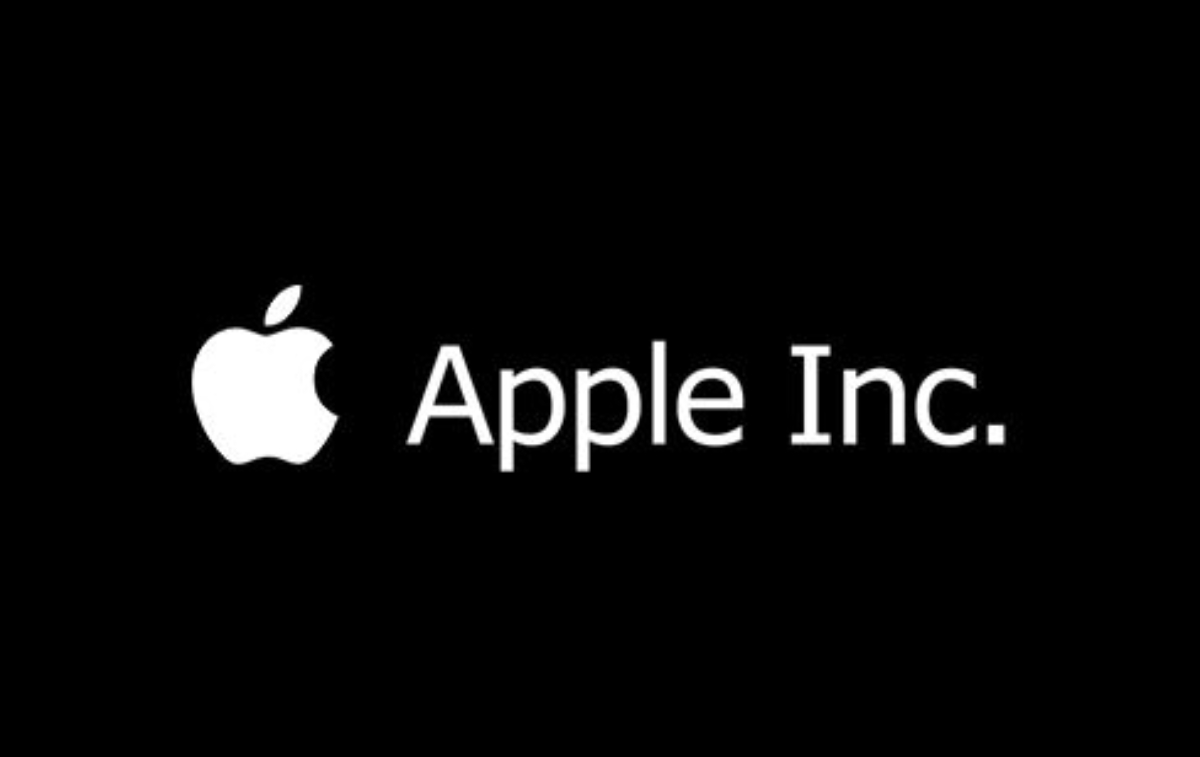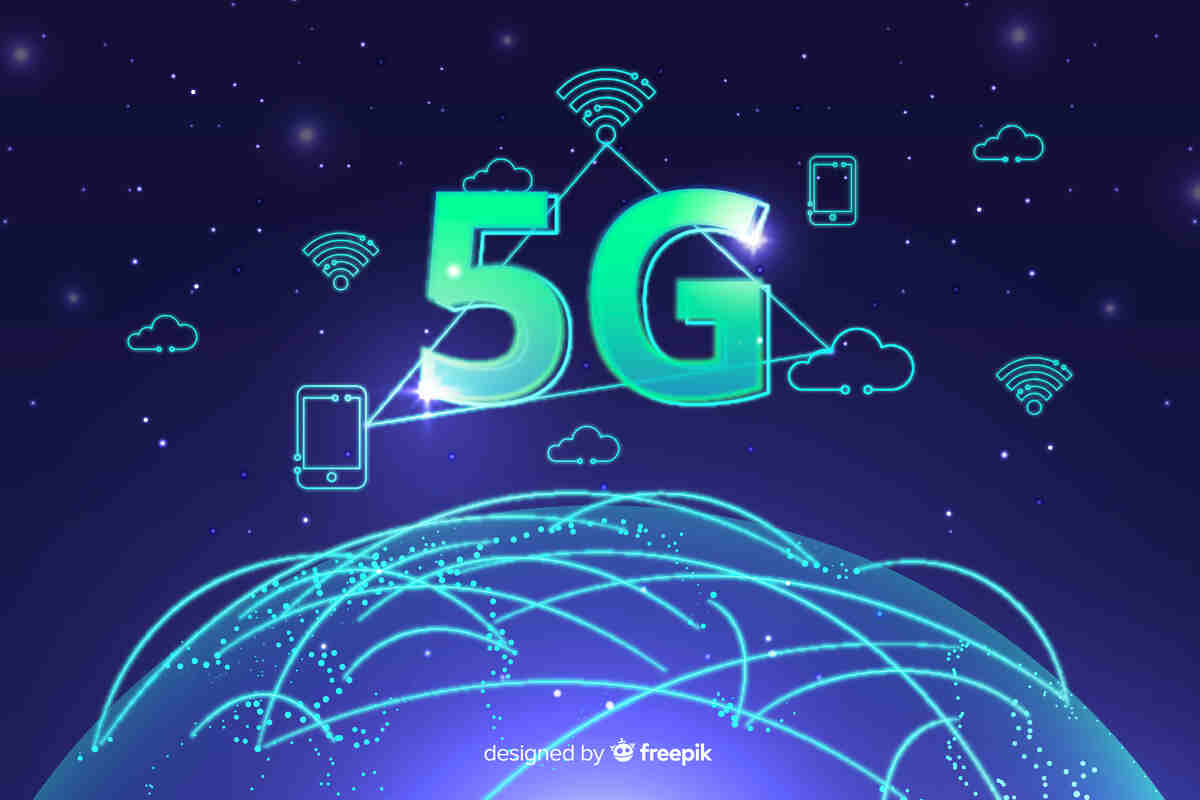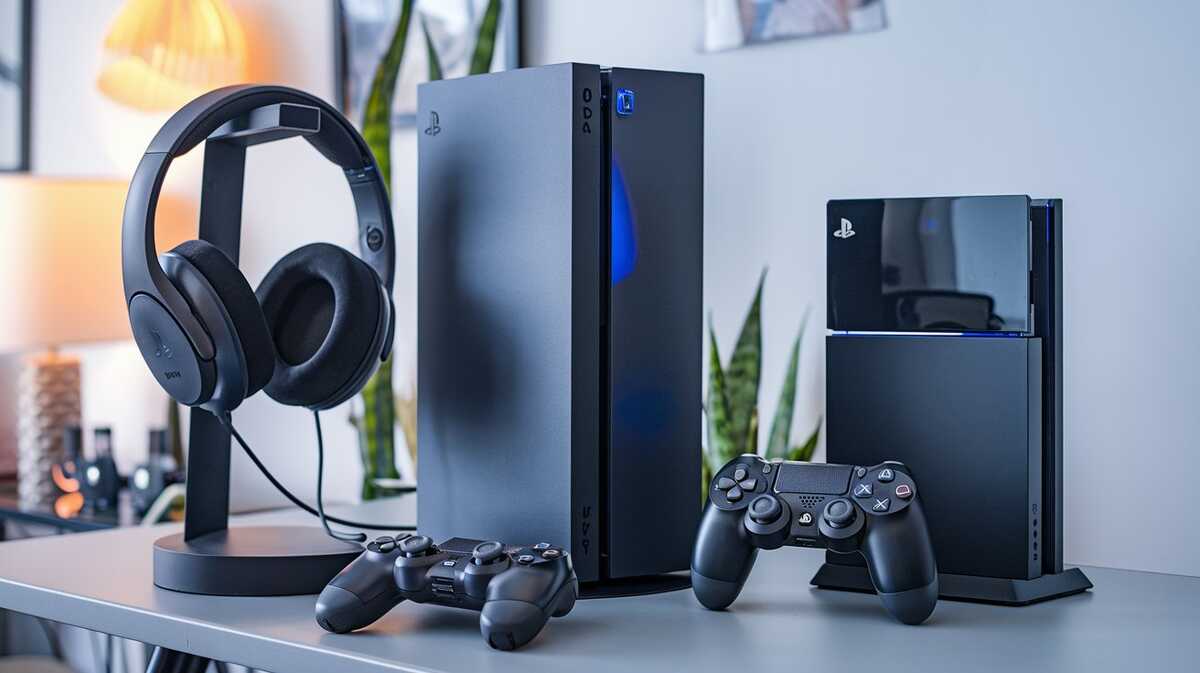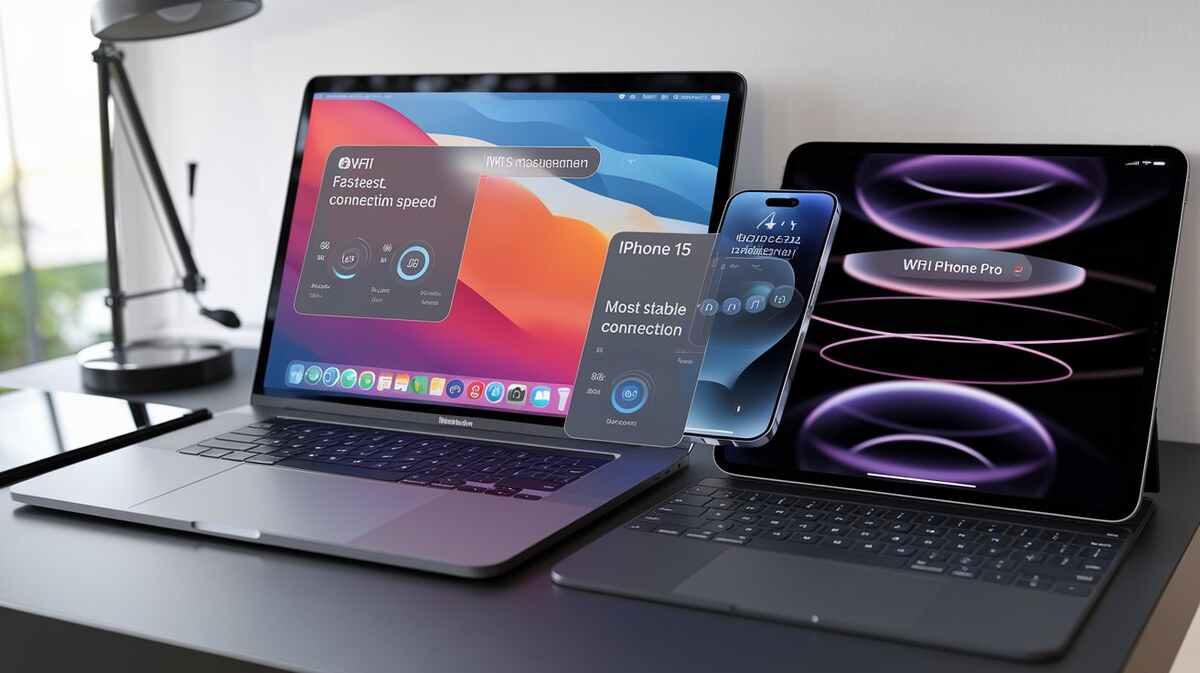The digital world is evolving at lightning speed, and connectivity is at the heart of this transformation. While 4G brought mobile broadband to the masses, and early 5G unlocked better mobile experiences, 5G Ultra Wideband is a whole new level. It delivers not only blazing-fast speeds but also real-time responsiveness and massive capacity that can power the technologies of tomorrow.
More than just a network upgrade, next-generation 5G connectivity represents a technological revolution that is shaping the digital-first future, from smart cities and driverless cars to immersive gaming and life-saving medical applications.
What is 5G Ultra Wideband?
The high-end, high-capacity variant of 5G technology known as 5G Ultra Wideband makes use of mid-band frequencies and higher-frequency spectrum bands like mmWave (24 GHz to 100 GHz). In contrast to typical 5G, it provides:
- Download speeds up to 10 Gbps
- Ultra-low latency as low as 1 millisecond
- Capacity to connect up to 1 million devices per square kilometer
This makes it ideal for industries where speed, responsiveness, and reliability are mission-critical—such as healthcare, autonomous vehicles, AR/VR, and industrial automation.
Evolution of Connectivity: From 4G to 5G Ultra Wideband
| Feature | 4G LTE | 5G (Standard) | 5G Ultra Wideband (mmWave/Mid-band) |
|---|---|---|---|
| Download Speed | Up to 100 Mbps | 1–3 Gbps | Up to 10 Gbps |
| Latency | 30–50 ms | 10–15 ms | As low as 1 ms |
| Device Capacity | ~100,000 devices/km² | ~500,000 devices/km² | Up to 1 million devices/km² |
| Coverage | Wide, strong indoors | Wider than mmWave but less than 4G | Limited, requires dense small cells |
| Best Use Cases | Streaming, browsing, VoIP | Faster mobile data, cloud apps | AR/VR, autonomous cars, telemedicine, smart factories |
Key Features of 5G Ultra Wideband
Blazing-Fast Speeds
This next-gen 5G network can be up to 20 times faster than 4G LTE. For users, this means:
- Streaming in 4K and 8K without buffering
- Downloading large files in seconds
- Seamless cloud gaming experiences
Ultra-Low Latency
Latency—the time it takes for data to travel between devices—is reduced to almost real-time communication. This is crucial for:
- Remote robotic surgery
- Autonomous driving where split-second decisions matter
- Virtual reality (VR) and augmented reality (AR) applications
Massive Device Connectivity

Unlike older networks, Ultra Wideband can connect millions of devices simultaneously. This supports:
- Smart homes filled with IoT devices
- Smart factories using AI-driven robots
- City-wide sensor networks for intelligent city management
Enhanced Reliability
Because it is designed for mission-critical communications, advanced 5G connectivity ensures high reliability in industries like:
- Healthcare (telemedicine, emergency services)
- Defense & security
- Disaster management and first responders
How Does 5G Ultra Wideband Work?

At its core, next-generation 5G networks leverage millimeter-wave frequencies, offering larger bandwidth and faster data transfer compared to sub-6 GHz 5G.
However, these high-frequency signals don’t travel as far and are easily blocked by walls, trees, and even rain. To solve this, telecom providers deploy small cell networks—thousands of mini base stations installed across cities.
This creates a dense network environment where data can move at ultra-high speeds with minimal delay. Combined with beamforming technology, advanced 5G networks provide stable and reliable connections, even in densely populated areas such as stadiums or busy city centers.
Benefits of 5G Ultra Wideband
For Consumers
- Buffer-free streaming of movies, live sports, and gaming
- Augmented reality apps for shopping, navigation, and entertainment
- Smart homes with seamless IoT device integration
For Businesses
- Remote collaboration with crystal-clear video conferencing
- AI-powered automation across industries
- Faster cloud & edge computing for big data processing
For Society
- Smart cities with connected transport, energy, and security systems
- Healthcare innovation with telemedicine and AI diagnostics
- Education transformation with immersive online learning
Real-World Applications

- Healthcare → Real-time patient monitoring, robotic surgeries, AI-assisted diagnostics
- Automotive → Vehicle-to-vehicle (V2V) communication, autonomous cars, intelligent traffic systems
- Entertainment → VR concerts, immersive eSports, interactive media streaming
- Manufacturing → Smart factories, predictive maintenance, robotics automation
- Retail → AR-based fitting rooms, cashier-less checkout, hyper-personalized shopping
Global Adoption of 5G Ultra Wideband
Countries like South Korea, the U.S., Japan, and parts of Europe are leading the rollout of Ultra Wideband infrastructure. However, widespread adoption is still limited due to:
- High infrastructure costs
- Complex deployment requirements
- Limited device compatibility
As more smartphones and IoT devices support mmWave, and governments push for digital transformation, global adoption is expected to skyrocket by 2030.
Challenges of 5G Ultra Wideband
- Limited Coverage → Requires dense infrastructure with thousands of small cells
- Deployment Cost → Billions of dollars needed for nationwide rollouts
- Device Compatibility → Only high-end smartphones currently support Ultra Wideband
- Security Concerns → Billions of connected devices increase cyberattack risks
The Future of 5G Ultra Wideband
Looking ahead, 5G Ultra Wideband will be the backbone of next-gen innovations:
- Metaverse experiences are accessible on the go
- AI-driven traffic systems to reduce congestion in smart cities
- Fully autonomous vehicles with zero lag communication
- Global telemedicine enabling real-time surgeries across borders
In essence, Ultra Wideband will transform how we work, live, and interact with technology.
Conclusion
5G Ultra Wideband isn’t just a faster version of 5G—it’s the foundation of the digital future. With its ultra-fast speeds, real-time responsiveness, and ability to connect millions of devices, it will power innovations across industries.While challenges such as cost, coverage, and security need to be addressed, its potential to reshape industries, improve daily life, and enable futuristic technologies is undeniable.
Frequently Asked Questions (FAQs)
What is the difference between 5G and 5G Ultra Wideband?
5G provides faster speeds than 4G, but 5G Ultra Wideband delivers dramatically faster speeds, lower latency, and massive device capacity.
How fast is 5G Ultra Wideband?
It can reach up to 10 Gbps, about 20 times faster than 4G LTE.
Can I use 5G Ultra Wideband on any phone?
No, you need a compatible smartphone that supports mmWave bands.
Is 5G Ultra Wideband safe?
Yes. Health organizations like the WHO confirm that 5G technology is safe within established exposure limits.
How will 5G Ultra Wideband impact businesses?
It will drive AI automation, faster decision-making, better cloud computing, and enhanced remote collaboration.
Where is 5G Ultra Wideband available now?
It’s mainly available in major urban centers with dense small-cell infrastructure.
Which industries will benefit most from 5G Ultra Wideband?
Healthcare, automotive, manufacturing, entertainment, and innovative city development.

















